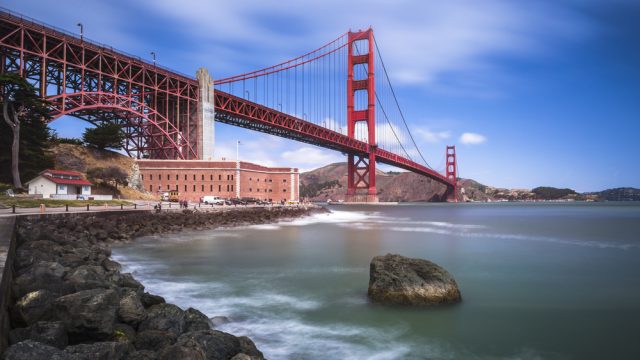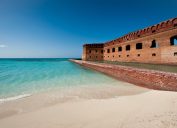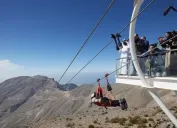9 National Historical Parks You Need to Add to Your Bucket List
Learn all about the past at these culturally significant sites across the U.S.
For many, the National Park System represents a way to preserve nature and protect wildlife across the U.S. But while majestic sites such as Yellowstone, Zion, and Yosemite are a major draw for visitors looking to get a taste of the outdoors, the designated national parks only make up 63 of the 423 sites in the entire system. The National Park Service (NPS) also works to preserve places that hold exceptional value to the nation's history, providing unique and informative looks back on key people, events, and activities. Read on to see which national historical parks experts say you should add to your bucket list immediately.
READ THIS NEXT: 8 State Parks That Are Even Better Than National Parks, Experts Say.
1
Pu'uhonua O Hōnaunau, Hawaii
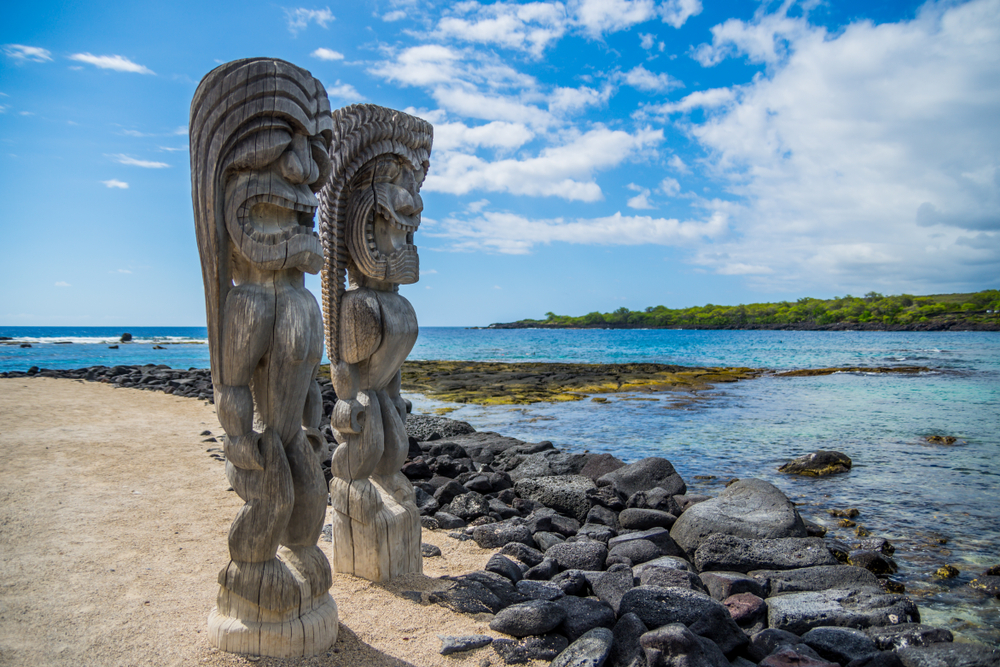
A visit to Hawaii will provide plenty of picturesque views and no shortage of stunning natural beauty. But the islands also offer a historical and cultural experience you can't find anywhere else in the world.
"The Big Island of Hawaii is home to the most photogenic of all historic parks at Pu'uhonua O Hōnaunau," Adam Marland, travel writer and photographer for We Dream of Travel, tells Best Life. "Here, a palm tree haven surrounds a white sand beach peppered with lava rock that meets a beautiful coral garden."
"But the real treasure visitors will discover at the legendary royal grounds of Pu'uhonua O Hōnaunau is the preservation of a rich culture and history," Marland continues. "The NPS has done a fantastic job providing information on the significance of this area to native Hawaiians in a fun, interactive, and idyllic way."
Just make sure you're not too enchanted by the site's pristine beaches. "Leave the swimsuits in the car, however, as swimming is not permitted off the inviting shores," he advises.
2
Hopewell Culture, Ohio
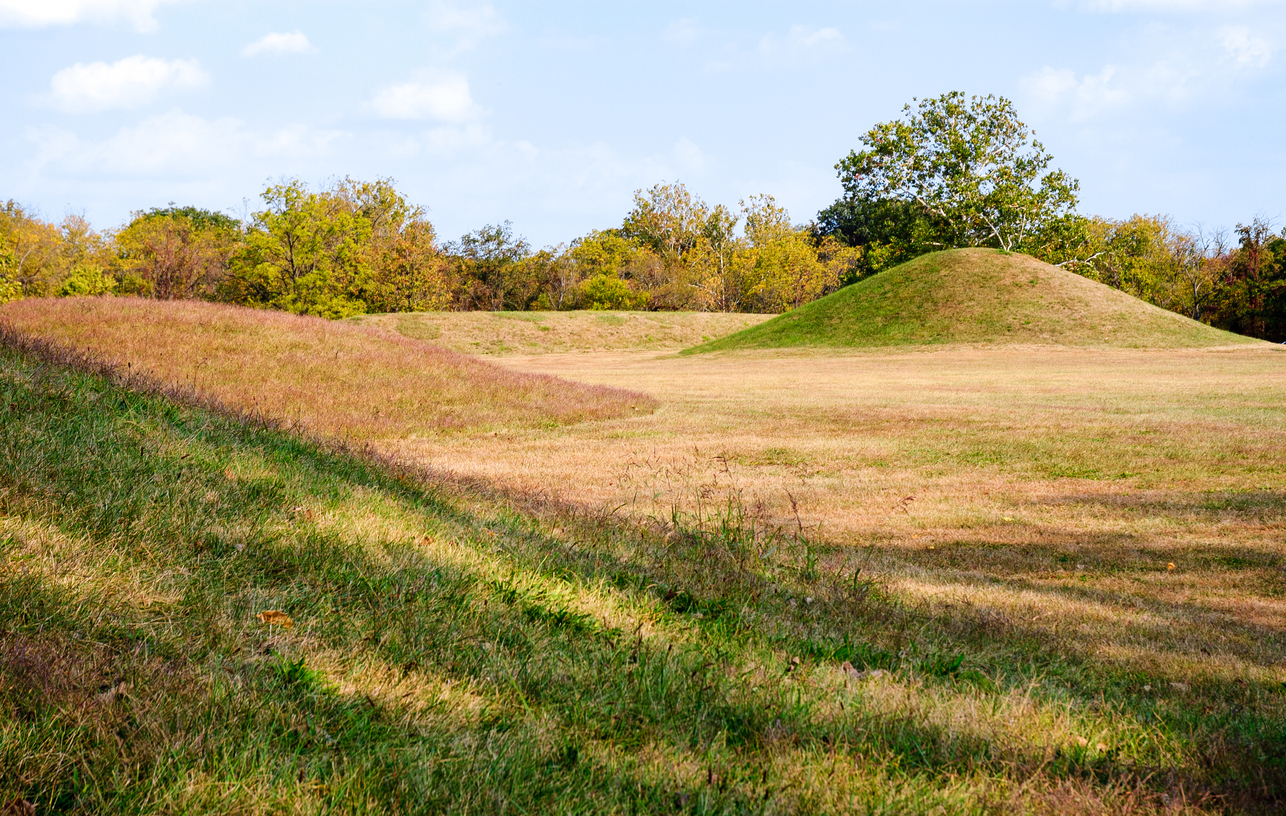
Built by Native Americans nearly 2,000 years ago in what is now called the Ohio River Valley, Hopewell Culture National Historical Park provides a unique opportunity to experience a sacred space used for funerals, feasts, and rites of passage.
"These locations are rich in massive earthworks constructed in various geometric shapes that may be visited by people who want to learn about their culture or simply appreciate the beauty of the past," Phillip Imler, PhD, founder and president of the Global Alliance of National Parks, tells Best Life. "The pieces of history that were abundant in North America throughout the Woodland Period are preserved and protected by this national historical park."
3
Fort Point, California
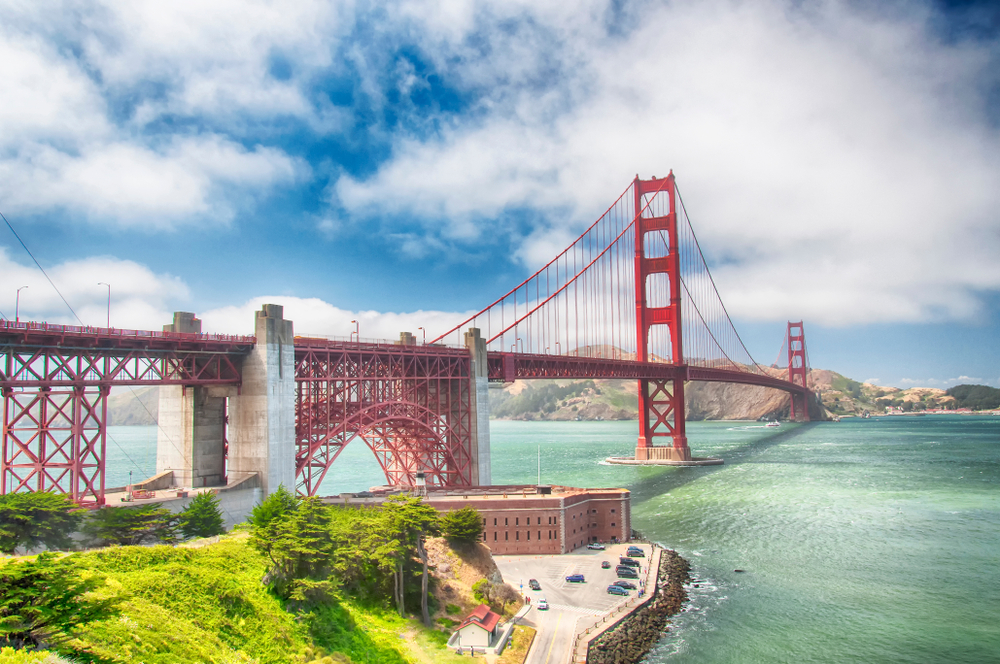
When visiting a major city, it can be easy to rush right for a landmark without realizing the best way to experience it might be right under your nose.
"As a San Francisco resident, one of my favorite places to take visitors is Fort Point," Kara Harms, founder of Whimsy Soul, tells Best Life. "This historical fort sits directly under the Golden Gate Bridge and offers one of the best 'secret' views of the bridge and bay from its rooftop—though it can get windy up there, so hold onto your hats! You can gaze up into the inner workings of the Golden Gate Bridge or out onto the water to watch surfers, sailboats, and cargo ships troll past."
But there's more to the site besides the stunning vistas. "This fort is really neat, not just for the view, but for the history. It was built before the Civil War started, on the cusp of California's being named a state," Harms adds. "In the turmoil of that time, the U.S. Army Corps of Engineers thought it best to build a fort here to guard the gate to the San Francisco Bay Area. No battle has ever played out this far west, but it did house locals after the 1906 earthquake for a time. And it's totally free to visit!"
4
Kalaupapa, Hawaii
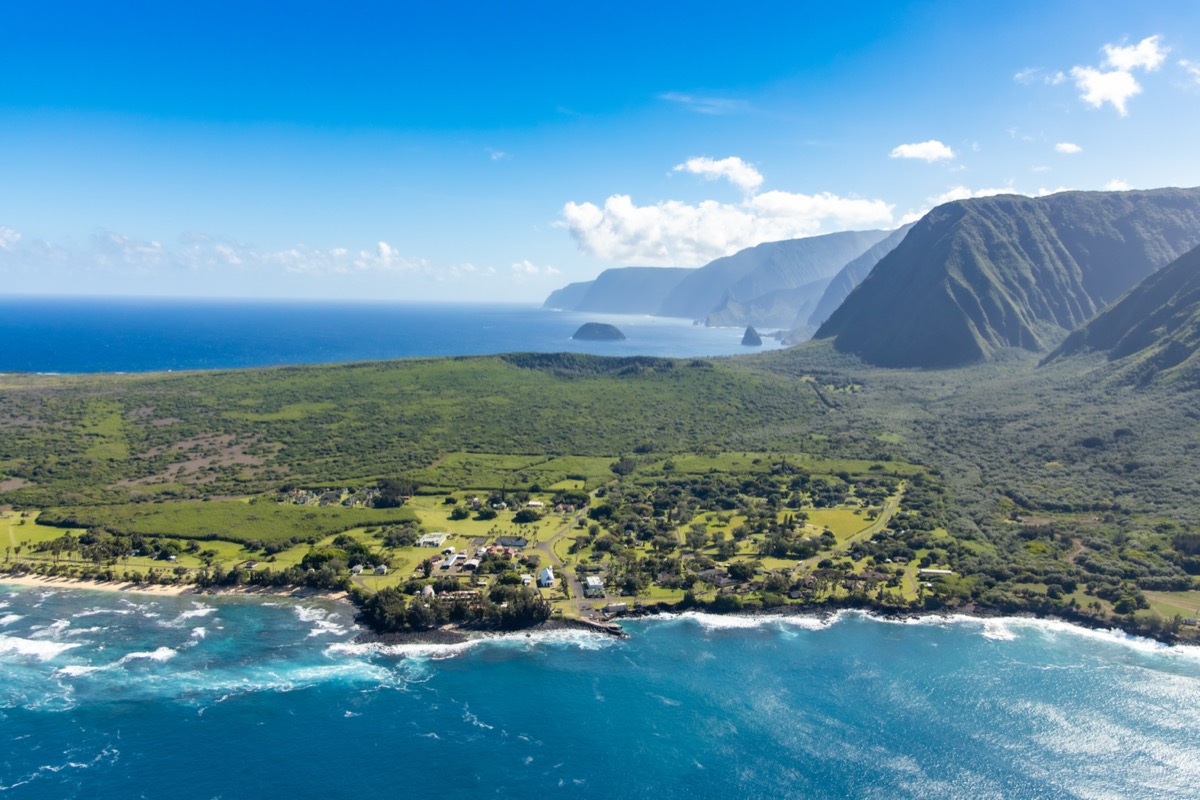
The NPS is no stranger to remote locations that are worth the trip. But one site in particular stands out for its unique history as well as its stunning natural beauty.
"Kalaupapa National Historical Park provides an immersive history lesson in an unbelievable setting. For the historically-curious travelers who prefer their lessons to come with a bit of adventure and sightseeing, a mule ride through Kalaupapa is truly a unique, thrilling, and humbling experience," Sophie Clapton, a travel expert and writer for We Dream of Travel, tells Best Life.
Even getting to the site provides a unique experience. "You will find this historic park tucked away on the remote and rugged northern coast of Molokai in Hawaii. To reach the peninsula, visitors will travel by mule down a winding three-mile trail that descends 1,700 feet, marveling at spectacular views of the world's largest sea cliffs along the way," says Clapton.
But the spellbinding park also belies a tragic past. "As beautiful and serene as the setting appears today, it comes with a dark, compelling history. In 1886, the area became a forcible home for thousands of Hawaiians afflicted with leprosy," she explains. "Acting out of desperation, King Kamehameha V exiled the ailed to protect the healthy. The NPS has done an outstanding job with Kalaupapa National Historical Park, ensuring visitors hear the important stories of its legacies that are full of suffering and tragedy, but also with love, courage, and hope."
READ THIS NEXT: The 10 Least Crowded U.S. National Parks to Visit in 2022.
5
Saratoga, New York
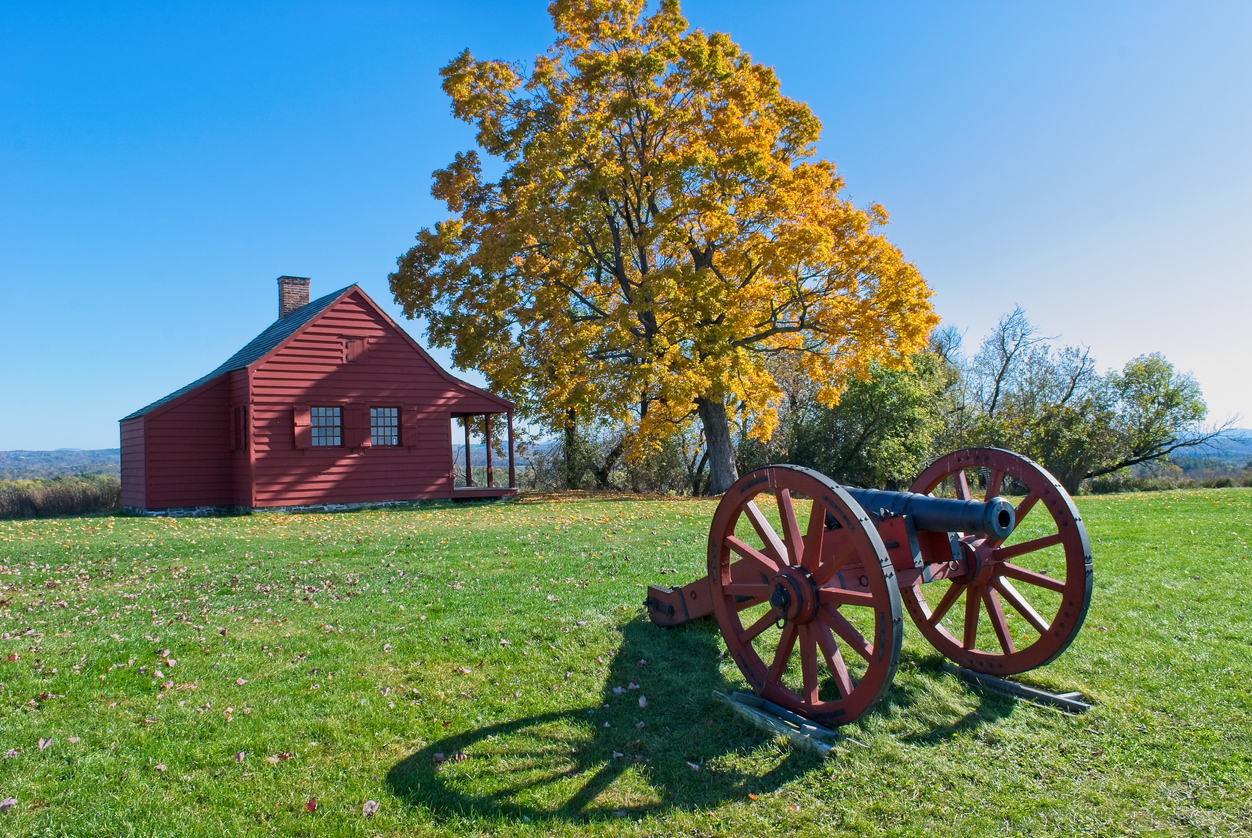
When it comes to visiting the historic locales of the American Revolutionary War, one important place can sometimes get overlooked due to its relatively remote location compared to Boston or Philadelphia.
"Saratoga is considered the site of the 'turning point' of the Revolutionary War because America's unlikely victory at the second battle there convinced France to come to our aid. And three years before he turned traitor, Benedict Arnold was the hero of Saratoga, where he sustained a severe leg wound that left him limping for the rest of his life," travel expert Leslie Carbone of Sancerres at Sunset tells Best Life.
And besides the site's historical significance, it still makes for a broadly appealing place to visit. "Saratoga National Historical Park has something for everyone," she continues. "It will appeal to both history and nature lovers. And the driving tour makes it a good option for older people, solo travelers, or families with small children."
6
Rosie the Riveter/World War II Home Front, California
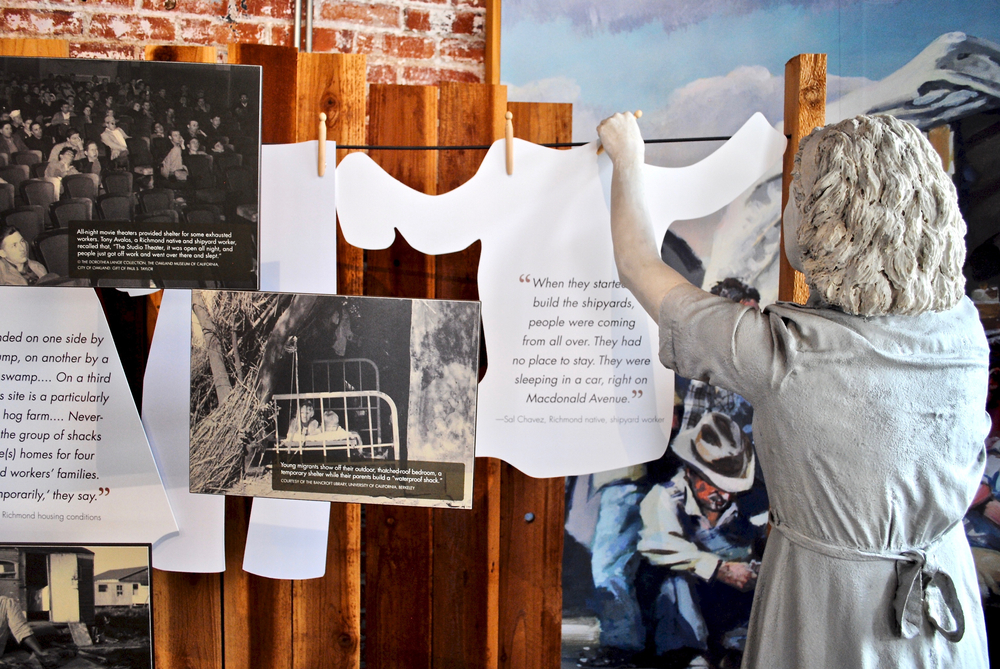
While the battles of the Second World War may not have been fought on American soil, the experience of the conflict was still a pivotal moment in history for those supporting the effort stateside. And according to experts, one site in the National Park System makes it easy to learn more about this era.
"Rosie the Riveter WWII Home Front National Historical Park is an incredible site in Richmond that honors WWII civilians and their stories," Brittany Mendez, travel expert and CMO of floridapanhandle.com, tells Best Life. "There's information and education on the Kaiser Richmond Shipyards, the Red Oak Victory tank factory, and more. NPS doesn't own any of the buildings or land, but they do administrate the park itself."
7
Sitka, Alaska
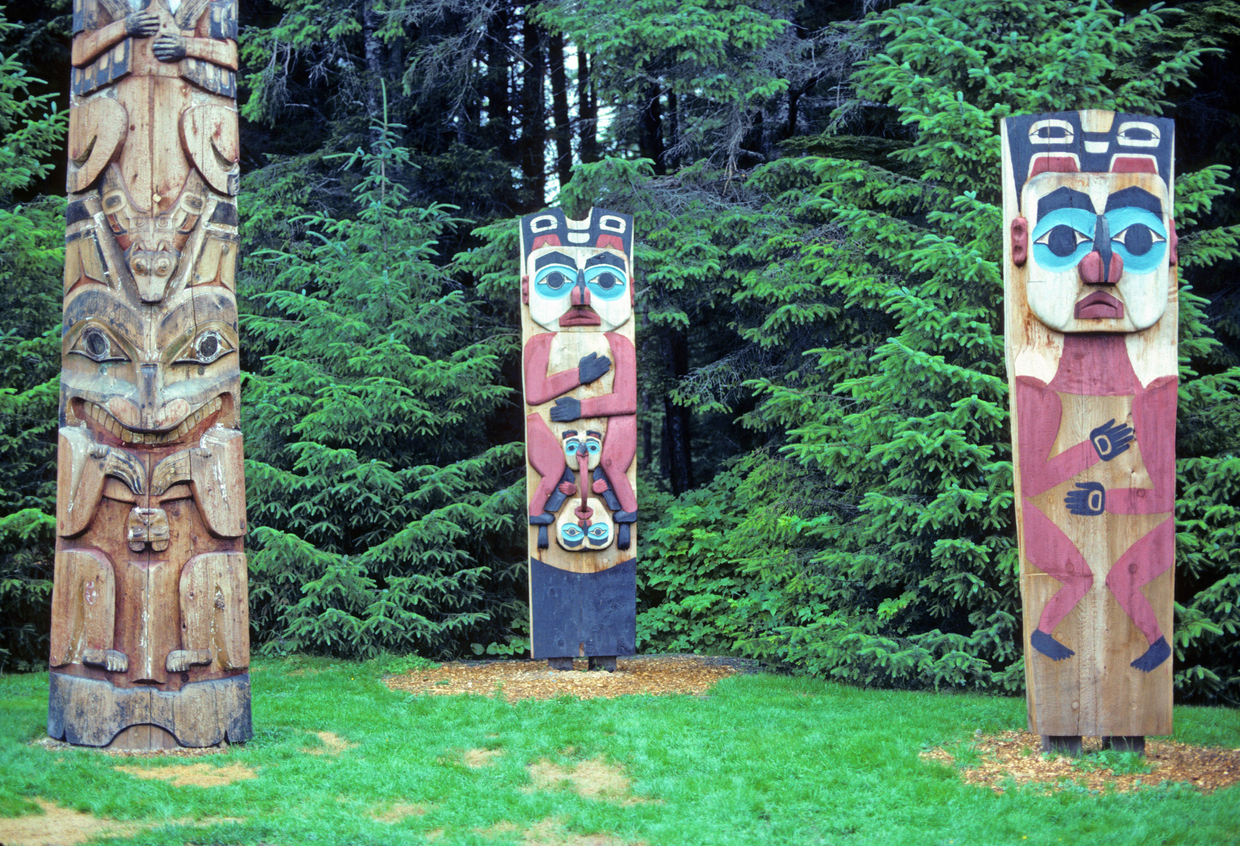
Alaska may be the second-to-last state admitted to the union, but its fascinating and often tragically overlooked history is one that goes back even further—especially that of its indigenous peoples.
"Sitka National Historical Park is a park rich in Alaska history," Jennifer Melroy, writer and founder of National Park Obsessed, tells Best Life. "It protects the site where the Lingít people fought back against the Russian occupation and an amazing collection of Lingít and Haida totem poles. These items range in age from the early 1900s to recently carved."
For more travel advice delivered straight to your inbox, sign up for our daily newsletter.
8
Independence, Pennsylvania
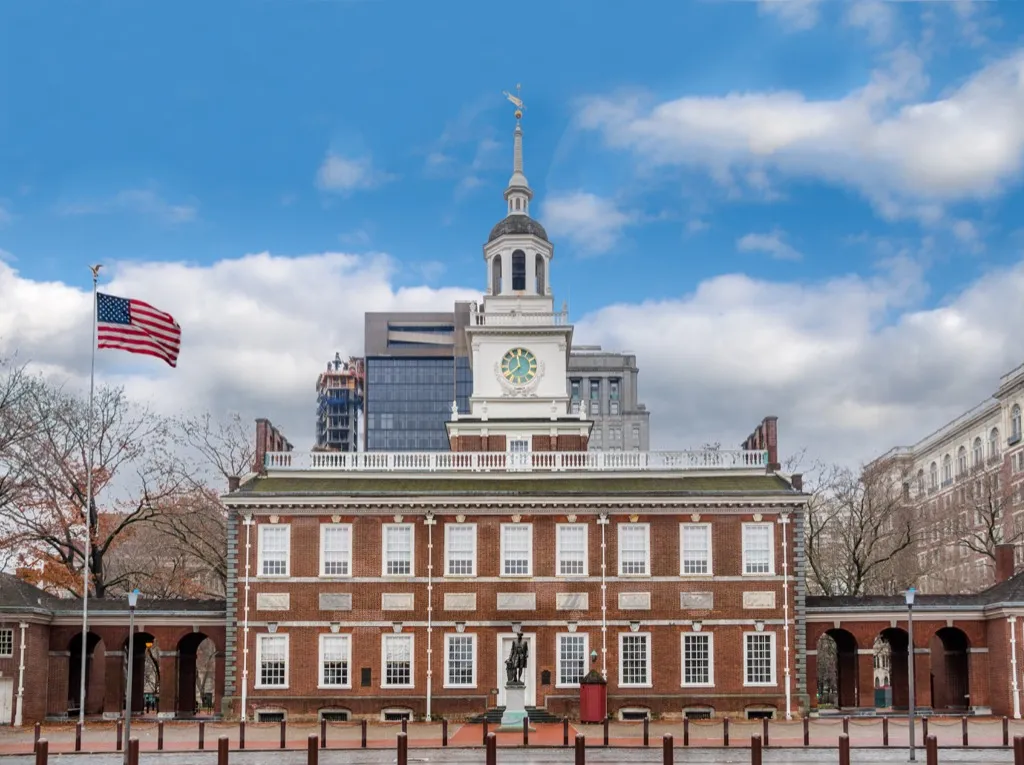
Anyone on the trail to take in as much history about the formation of the U.S. would be remiss not to include Independence National Historical Park on their bucket list.
"I find it incredible to be able to visit the room where the founders of our country signed the declaration that made us independent," Becca Siegel from Halfhalftravel.com tells Best Life. "It's amazing that these types of places are still standing and so beautifully maintained so that Americans can enjoy our rich history! Plus, you can stop by the Liberty Bell (touristy, but you can also catch a glimpse from the outside) right nearby in this great area of Philadelphia."
9
Appomattox Court House, Virginia
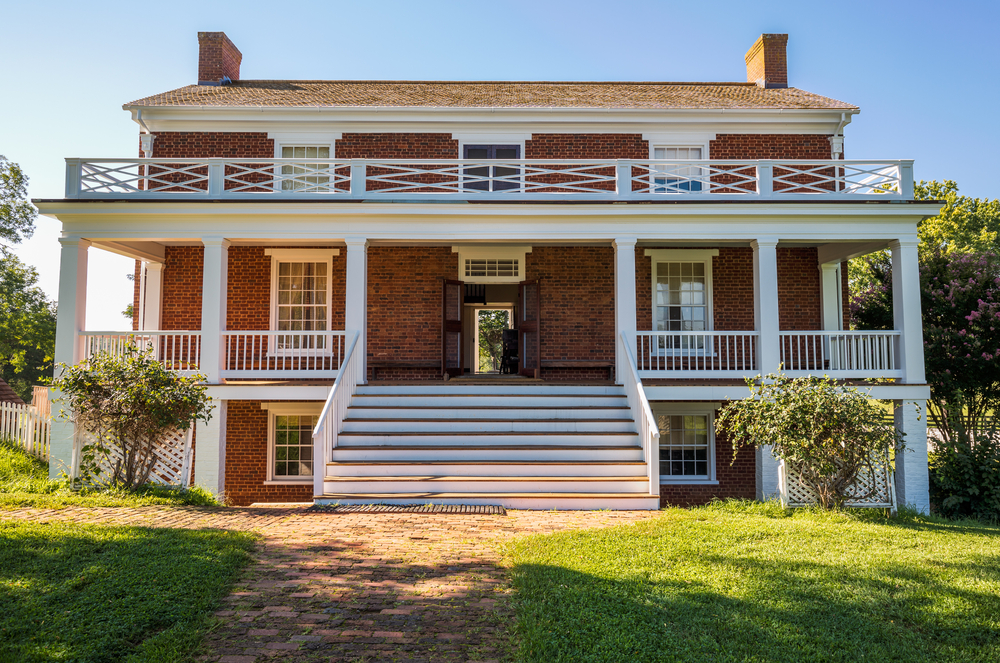
Despite being the site of a pivotal point in the bloodiest conflict in American history, Appomattox Court House National Historical Park may not be as highly visited as Gettysburg. But according to Joe Yogerst, a travel expert and author, it's still worth seeing up close.
"My highlight was being alone for a few moments in the drawing room of the McClean House where the Civil War officially ended and thinking those are the actual tables where Lee and Grant sat to sign the surrender papers on that fateful day in August of 1865," he tells Best Life of a recent trip.
